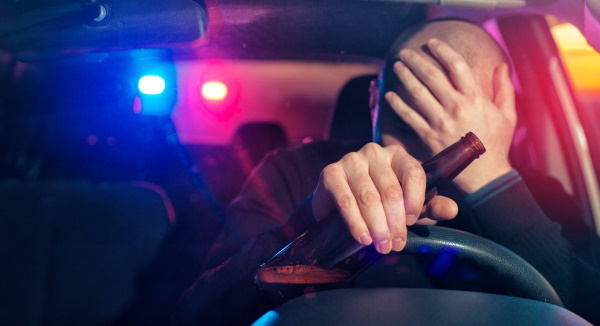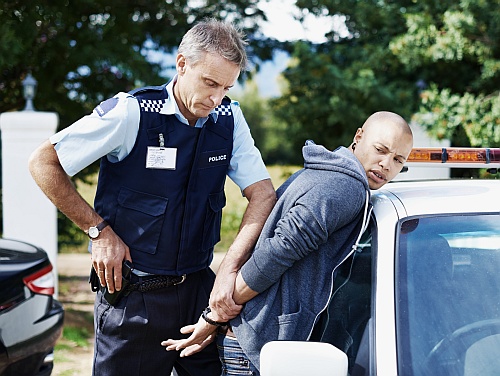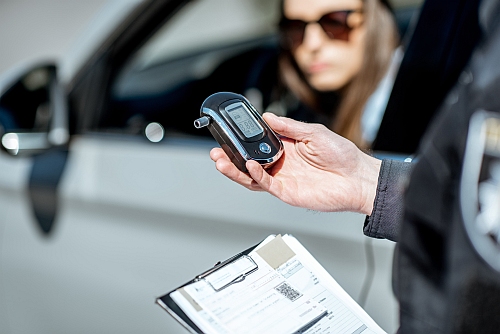- May 7, 2022
- DUI
Police officers conduct field sobriety tests to help them determine the level of intoxication of a driver. It usually accompanies a breathalyzer test which means the level of alcohol in a person’s breath.
Field sobriety tests are utilized in all 50 states, and South Carolina isn’t left out. In most DUI cases that our lawyers handle, Field Sobriety Testing (FST) is the primary method used by the police for establishing probable cause.
The National Traffic Safety Administration prescribes three standardized tests. The police officers usually undergo extensive training before they can administer FSTs. This article will walk you through the commonly used Field Sobriety Tests in South Carolina.
Contact a DUI defense lawyer in Charleston if you get arrested on a DUI charge.
The Common Types of Field Sobriety Tests in South Carolina
Below, we’ll be explaining the common types of field sobriety tests used in South Carolina. If an officer stops you with the impression that you’re driving under the influence, they might choose to conduct a field sobriety test. Knowing the different FSTs will help you prepare better in such cases.
Horizontal Gaze Nystagmus (HGN) Test
A Horizontal Gaze Nystagmus is an involuntary jerking of the eyes when gazing towards the side. However, this jerking becomes even more noticeable when a driver is impaired by drugs or alcohol. When there’s a high alcohol concentration in a person’s blood, the eyes will jerk sooner when they move from side to side.
To administer this test, a police officer might ask the subject to follow a stimulus as they move it from side to side within the person’s field of vision. This stimulus could either be the officer’s finger or a pen. For example, when conducting a Horizontal Gaze Nystagmus test, the officer will instruct the subject not to move their head as they follow the stimulus with their eye.
While this test is going on, the police officer takes note of six distinct clues that help to determine if the subject has impaired senses or not. The National Highway Traffic Safety Administration states that if there are four or more clues present in the subject, there’s a high chance the alcohol concentration in the person’s blood is above .10%.
However, there are situations when the officer might move the pen faster than is acceptable. A DUI defense lawyer in Charleston can use this deviation to challenge the test in court.
Walk and Turn Test
There are two stages to the Walk and Turn Test: the walking and instructional stage. The instructional stage comes first, and the walking test comes later.
During the instructional stage, the police officer asks the subject to stand their feet in a heel-to-toe position while keeping them apart and listening to their instructions. The instructional stage divides the subject’s attention between the information processing task and the balancing task.
For the instructional stage, the subject stands with their left foot on the line and their right foot on the line in the same row as the left foot. The heel of the right foot is against the toe of the left foot while the subject’s arms rest by the side. The enforcement officer will instruct the subject not to begin the test until told to and confirm that they understand.
Next, the police officer will instruct the subject to take nine heel-to-heel steps on an imaginary line. The officer starts by demonstrating and then asks the subject to turn in a specific way which requires keeping the front foot on the line and taking several small steps using the other foot.
The officer will also demonstrate this and ensure the subject’s arms remain at the side. Finally, the person has to count the steps aloud and look at their feet while counting. The preceding is the walking stage.
Seven Distinct Clues in the Walk and Turn Test
Amongst the three FSTs, this test has seven clues that police officers look for during the walk and turn tests.
- The police officer takes note of the subject’s balance while they listen to the instructions. If they cannot maintain their position, the police officer documents it.
- The officer also records how obedient to the instruction the subject is. It is a clue if they start the test before the officer asks them to.
- The officer notices if the subject stops during the walking stage. They cannot stop or pause once the walking stage starts, and doing so is a clue.
- When the subject fails to touch their heel to their toe with each step, it counts as a clue. They cannot leave more than one-half inch between the toe and heel when taking any step.
- The officer also records if the subject steps outside the imaginary line during the walking stage.
- It is a clue if the subject disregards the instruction to keep both arms at the side while walking. Sometimes, they may try to use their arms as a balance while walking.
- If the subject turns improperly, the officer notes it down as a clue. Additionally, the officer will note the incorrect number of steps. It is a clue if they take less or more than nine steps.
The One-Leg Stand Test
The One Leg Stand test is another top option. When administering the One Leg Stand test, the officer will instruct the subject to stand with their feet together and hands down at their sides.
Then, the officer will demonstrate the correct position before asking the subject to emulate the demonstration. The person isn’t allowed to start the test until the officer instructs so.
Once the officer explains the test requirements and gives a physical demonstration, the officer will instruct the subject to raise one leg. The leg needs to be 6 inches above the ground; it doesn’t matter which leg.
The subject’s arms need to remain by the side while counting aloud. Their eyes must be on their foot throughout the test. It usually lasts for 30 seconds.
The officer looks out for distinct clues of impairment while the subjects perform the test. First, the officer notes the person’s balance; swaying is an impairment clue. The officer also notes if the subject keeps their arm by the side or uses it for balance.
It indicates impairment if the person can’t keep the foot off the ground without hopping. Finally, the officer notes if the subject can maintain the one-leg position without putting the other foot down.
Schedule a Free DUI Consultation Today!
If you fail any field sobriety tests, the police will charge you with a DUI. In such cases, contact a Charleston DUI attorney to schedule a consultation at no cost. We’ll help you determine the proper steps you should take on your DUI case during this free consultation.
Our criminal defense lawyer in Charleston, SC, will create the best defense strategy for your charges. We’ll also ensure that your rights are fully protected throughout the process. So contact us today to improve your chances of a favorable verdict.








